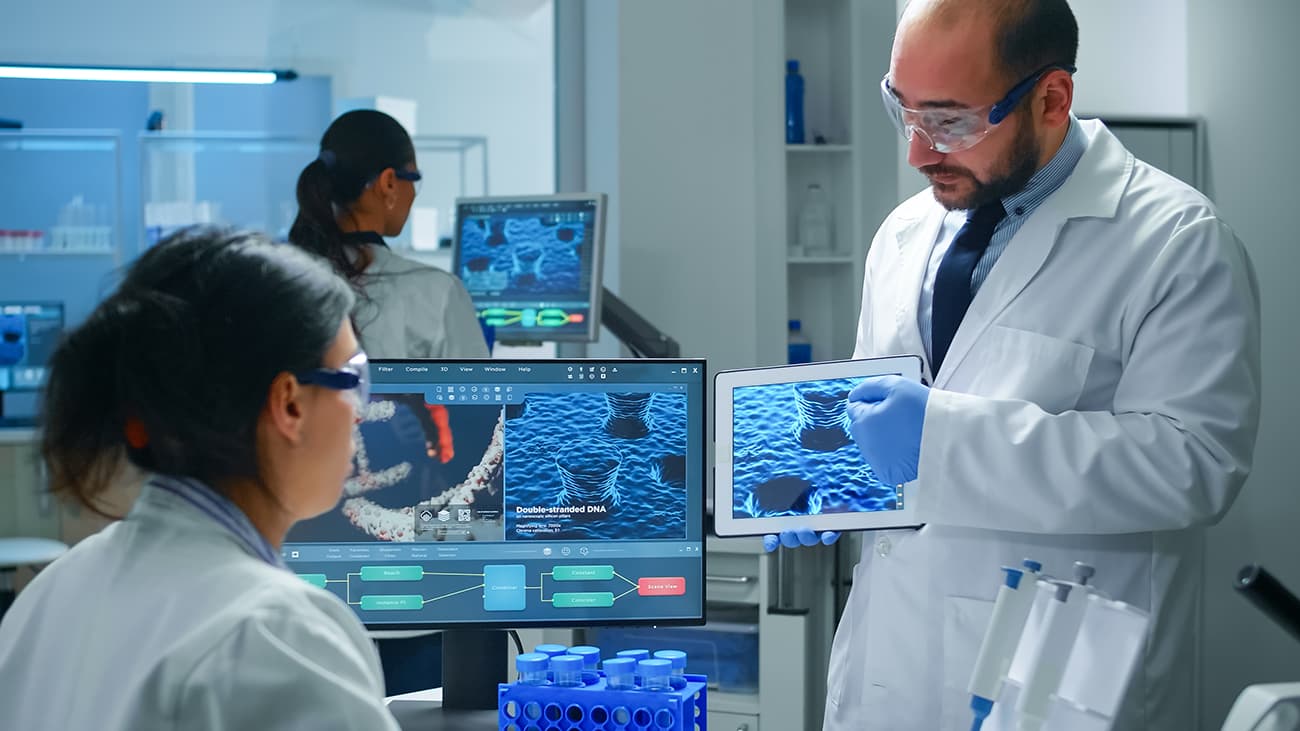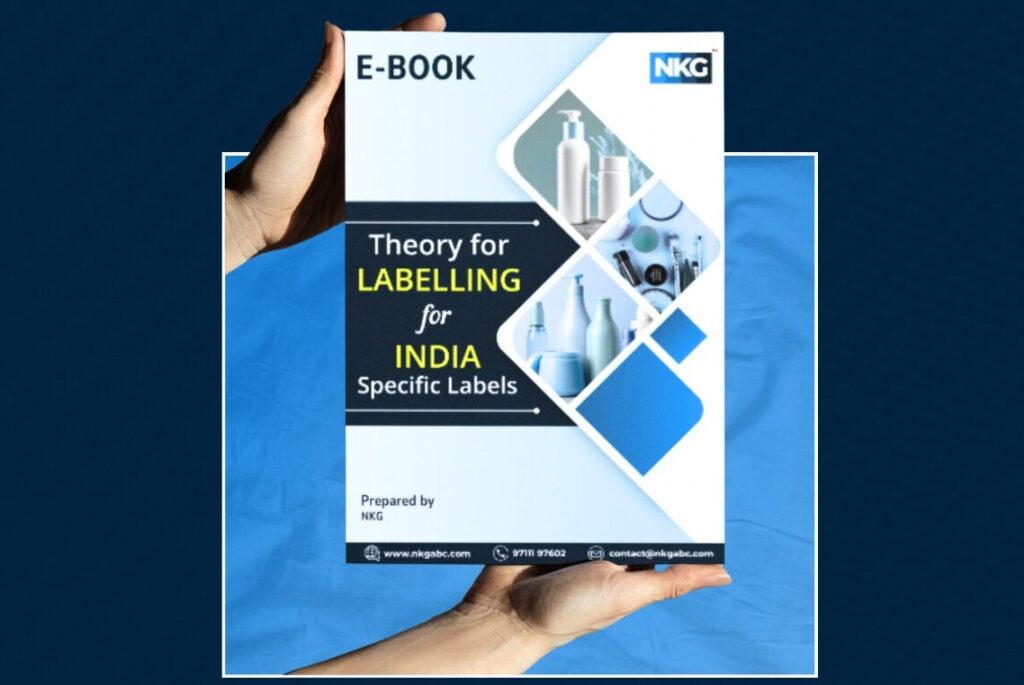How is Software as a Medical Device (SaMD) defined?
According to Medical device rules,2017 is a class of software designed to carry out one or more medical functions. It includes software or mobile apps intended to treat, diagnose, cure, mitigate, or prevent disease or other conditions.
In the past few years, the world has witnessed the advancement of technologies at a very high speed, and the healthcare sector didn’t remain untouched. Monitoring, diagnosing, preventing, and treatment of diseases can be done with the help of software technologies. In Feb 2020, the government of India released a notification specifically for software as medical devices (SaMD), as India didn’t have any specific rules for software as medical devices. The main objective of CDSCO to bring specific regulations for software as a medical device is to keep an eye on the user’s data safety, quality, and efficacy of the device. From April 2020, any software or app which is used for diagnosing, preventing, or monitoring any disease or disorder, as a part of or used in combination with a device or that helps in investigating any physical processes are termed as medical devices and thus regulated as a drug under 1940 Act.
Conditions for Software as Medical Device (SaMD)
- Diagnosis, monitoring, prevention, treatment, or alleviation of any disease or disorder.
- Assists without any injury or disability
- Helps in the replacement, investigation, modification, or support of any anatomy or any physiological process
- Aids in Supporting or sustaining life
- Deals in disinfection of medical devices
- Assists in control of conception
There are two different types of software released to medical devices: software as a Medical Device (SaMD) and Software in a Medical device (SiMD
SaMD | SiMD |
A standalone medical device, SaMD, can perform one or more medical purposes without being part of a hardware medical device. | SiMD is software that is part of the functioning of a medical device and does not have a medical purpose independent of a medical device with components. Often thought of as purely embedded software within medical equipment, it can also include desktop, mobile, and cloud software that is either essential to the functioning of a medical device or is an accessory to the device. |
Unlike medical devices, CDSCO regulates the license to import, manufacture, sell, or distribute software as medical devices.
Software as Medical Device must fulfill the following criteria:
- The intention of the manufacturer is to be used for a medical purpose.
- Meets the definition of Medical Device as provided under Medical Device Rules.
Classification of SaMD for registration of Software as Medical Device is mentioned below:
Class | Risk | Purpose | Role | Example |
Class A | Low Risk | Do not directly interfere with patients’ data | Analyse patients’ old data and put out vital data to establish links. | Software for Retrospective Data Analysis from a Continuous Glucose Monitor |
Class B | Moderate Risk | Provide real-time information on patient’s parameters but not a clinical diagnosis | Generates real-time data to diagnose issues in patients’ bodies. | Insulin Pump Secondary Display |
Class C | Moderate High | Helps in the diagnosis and analysis of physical activity | Identifies the unusual activities and helps the doctor in handling them. | Orthodontic Software |
Class D | High Risk | CDSCO has not classified any software that shall fall under Class D | N/A | N/A |
- When SaMDs are classified, they follow the same registration path as any other medical device in India.
- Software that is either used to drive a device or influences the use of the device falls in the same class.
- The registration requirements compliance must align with the corresponding risk classification.
Registration requirements on information and documents of SaMD in India are given below:
Information | Documents |
Manufacturer’s name, address, phone no., fax, and email id. | ISO 13485 certificate |
Site Details | Foreign government certificate (for imported devices). |
Nature of activity | Free sale certificate from any one NRA country as defined in MD rules |
Device category | Applicants undertaking stating all the information is correct and genuine. |
Description of product | Fees challan |
Generic name and model number | Declaration of conformity |
Intended use | Plant master file |
Source/ manufacturing material | Device master file |
Dimension | Power of attorney |
Shelf life | Inspection report |
Storage conditions | Full quality Assurance Certificate |
Name of brand | overseas manufacturing site or establishment or plant registration
|
The following laws must be followed when marketing Software as Medical Devices (SaMD) in India:
- Medical Device Definition as per S.O. 648(E) released on February 11, 2020 –
- Medical Device Rule,2017
- ISO 13485:2016 – Quality management risk
- ISO 14971:2019 – Application of Risk Management to Medical Devices.
- POST-MARKETKET SURVILLANCE
- CLINICAL EVALUATION REPORT
Following globally harmonized standards are applicable:
- IEC 62304 – Software Life Cycle Process – deals with almost everything software engineers do.
- IEC 60601-1 General requirement for basic safety and essential performance of medical electrical equipment – makes sure that no single electrical, mechanical, thermal, or functional failure causes a risk to patients or operators.
- IEC 82304-1 Health Software – General requirement for product safety – applicable to standalone software, also known as Software as a Medical Device (SaMD).
- IEC 81001-5-1 – Health software and health IT systems safety, effectiveness, and security – Part 5-1: Security- activities in the product lifecycle- deals with cybersecurity.
- IEC 62366-1 Medical device – Part 1: Application of usability engineering for medical devices – deals with requirements of man-machine interface ergonomics
Steps to register Software as a medical device in India:
Step 1 : Determine if the medical device classifies as software as a medical device
Step 2 : Classify the device based on the risk
Step 3 : Identification of applicable standards
Step 4 : Gather the data as per CDSCO
Step 5 : Gather and compile the technical document
Step 6 : Application submission
.
Conclusion: With time, the healthcare sector has started adopting technology to advance its system and meet its requirements. Now healthcare sector involves the heavy use of technology for diagnosing, curing, preventing, and treating various diseases. Many other issues, such as patient data protection, cybersecurity, etc., started to arise with technology. Thus, keeping in mind the sensitivity, the government of India has started planning to bring more strict regulations to regulate software as medical devices







